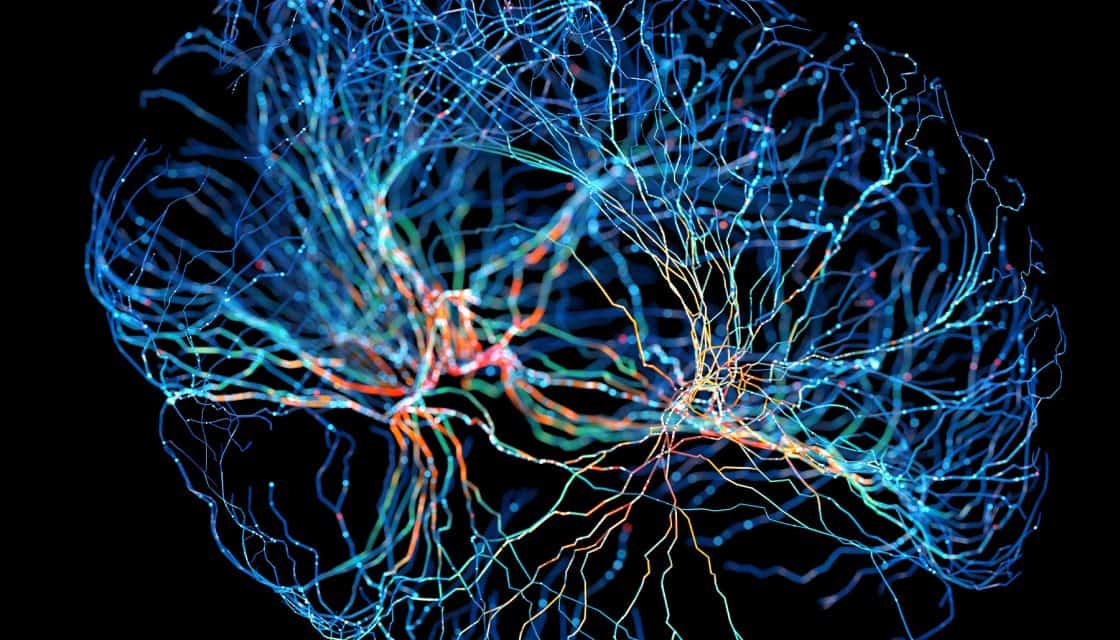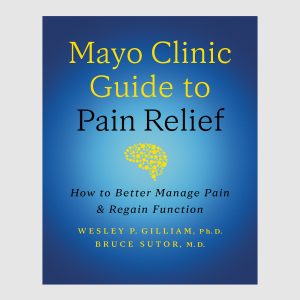
Over the summer, I spent an evening with my wife’s family, many of whom had recently flown in from France for their annual visit. All crammed on the back patio, we were quite the crowd: my wife and I, her mother, her sister, her nephew, her aunt, and family friends all catching up while sharing drinks. By convenience and habit, the majority of the conversation was in French, which I don’t speak. However, I’d known the visit was coming and had done my best to prepare. I enlisted my wife for tutoring sessions, changed all my favorite shows to French subtitles and dubs, and practiced with a language learning app every day for months.
Of course, aside from courtesies and a few phrases here and there, the conversation was too fast and too complex for me to keep up with. Mostly, I just enjoyed the challenge and quick translations from my mother-in-law.
However, what really struck me was how effortlessly my 4-year-old nephew worked the crowd. As the two most recent additions to the family — through birth in my nephew’s case and marriage in mine — he and I were both still learning the language. Though he was often too shy to speak, it was clear he knew what was going on and was able to adapt to the language much more quickly.
Unlike me, my nephew is not poring over grammar books or language apps — he simply has the advantage of a younger brain with incredible neuroplasticity.
“The ability of the brain to change — to adapt based on the environment, stimuli or experiences — is termed broadly as neuroplasticity,” says Mayo Clinic expert Prashanthi Vemuri, Ph.D., who researches the brain and neurodegenerative disorders.
Though it’s true that people of any age can benefit from the power of neuroplasticity, the brain does change as you get older, meaning it’s important to understand how to care for your cognitive health.
Below, Dr. Vemuri discusses exactly what neuroplasticity is, why it matters and how to optimize your brain’s potential.
Understanding neuroplasticity, even as you age
To understand neuroplasticity, it’s important to get familiar with the basic functioning of the brain. The brain is composed of billions of neurons — nerve cells that collect, process and send information — as well as a complex network of electrical circuits that allow these neurons to “talk” with one another. These connections are crucial, as neurons in the brain also can send messages to other parts of the body through the nervous system. In short, neuroplasticity is the brain’s ability to form and adapt this vast network of neural connections.
When you’re younger, your brain has an abundance of young neurons, which helps your brain take in new information quickly and form new neural connections. And this greater plasticity is exactly why kids have a much easier time learning a new language than adults do, explains Dr. Vemuri.
“Your brain is still developing when you are young — the brain volume is increasing, the brain connectivity is still maturing and the brain development hasn’t yet peaked,” says Dr. Vemuri. “Your brain is still growing and because of that, you can learn new things and the brain adapts much more easily.”
Dr. Vemuri says brain development continues to mature into mid-to-late 20s. From there, the brain slowly shrinks, with the rate of shrinkage increasing after 60 years of age. This change can affect cognitive functions like memory, processing speed, decision-making and learning — all the areas that may leave you feeling a little less sharp as you get older.
However, the brain still has an incredible capacity for change, in large part due to neuroplasticity. Though the number of neurons may decline with age, emerging research has shown that neuroplasticity helps the brain retain its ability to adapt both structurally and functionally throughout life. In short, neuroplasticity means you can retrain your brain, tap into new skills and maybe even learn a new language, no matter your age.
How neuroplasticity can help heal the brain after damage
Interestingly, neuroplasticity can play a key role in helping people bounce back from serious conditions like stroke and even COVID-19.
During a stroke, adequate blood supply doesn’t reach a portion of the brain or bleeding occurs in the brain, typically due to a blocked or burst blood vessel. As a result, brain cells become damaged or die. However, the brain can sometimes recover from this damage, says Dr. Vemuri.
“Let’s say you experience motor or speech symptoms with the stroke — that is, difficulty with mobility or speech. You could, over time with a lot of practice, recover that function because the brain functionally reorganizes itself.”
Additionally, neuroplasticity is helping some people recover from COVID-19. An estimated 20% of those who acquire the illness experience a change in their sense of taste and smell, with another 20% experiencing prolonged changes lasting for weeks to months. But in an estimated 95% of people with these changes, neuroplasticity helps senses improve in less than a year — most effectively through olfactory retraining, which involves smelling scents like clove or lemon to train the nerves to heal and adapt.
How to maintain your neuroplasticity
There are a number of strategies to maintain, and potentially even improve, your brain health.
Dr. Vemuri says sleep is one of the most important — though often overlooked — strategies to maintain your brain health and reduce the risk of Alzheimer’s disease and other types of dementia. Researchers believe that sleep disruption is associated with beta-amyloid, a protein that can harden into plaque — an early sign of the Alzheimer’s cascade.
During sleep, the brain clears itself of toxins like the amyloid protein, Dr. Vemuri explains, potentially lowering the risk of Alzheimer’s. In fact, studies show that people who don’t sleep enough may be twice as likely to develop Alzheimer’s disease, in addition to having an increased risk of dementia.
Other lifestyle factors like regular exercise, managing stress and blood pressure, limiting alcohol consumption, not smoking, and maintaining a strong social network all play a role in maintaining brain health.
And research suggests that the phrase “use it or lose it” applies to your brain and cognitive abilities. To use neuroplasticity to your advantage, especially as you age, Dr. Vemuri recommends regularly stimulating your brain with puzzles and challenges like sudoku, Wordle, or family game night. The more you cultivate this habit, the better. Research suggests that the benefits of these activities accrue over your lifetime.
Likewise, research suggests that you can build up your cognitive reserve — or how your brain copes with certain changes or even cognitive decline — through moderately challenging activities like reading, playing an instrument or learning a new skill. In fact, people who spend more time learning tend to have neural networks better equipped to adapt to the changes brought on by brain disorders.
Retirement is an especially important time to focus on neuroplasticity, says Dr. Vemuri, as many people experience a significant shift in lifestyle at this time.
Often, “cognitive function can decline because you’re doing less complicated tasks and the demands on the brain are lower,” she says. “Retirement therefore presents an opportunity to continue using it to keep it.”

Relevant reading
Taking Flight: The Peregrine Falcons of Mayo Clinic
Your creativity will soar through coloring and other activities as you discover how the peregrine falcon is a force of nature — and healing — at Mayo Clinic. Since 1987, a nest box atop the tall buildings at Mayo Clinic in Rochester, Minnesota, has been home to generations of peregrine…




















